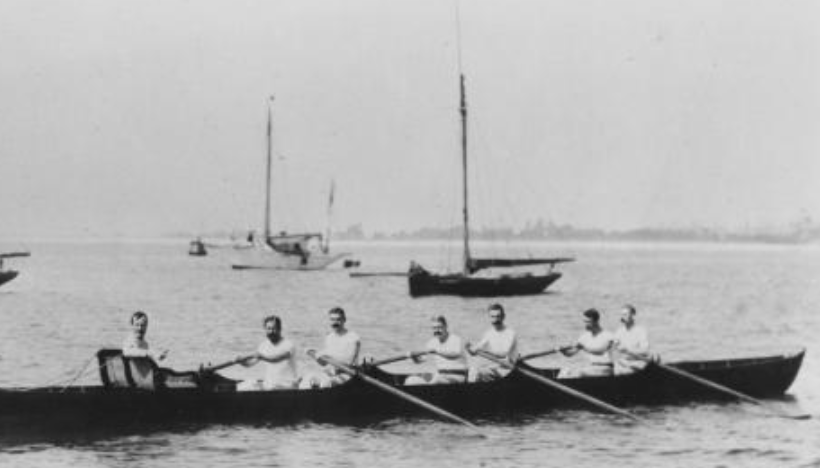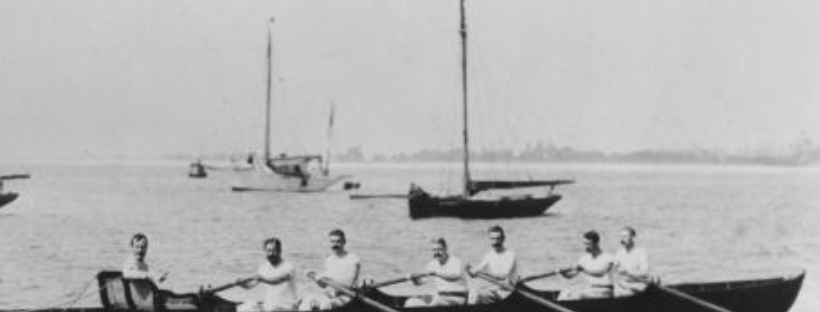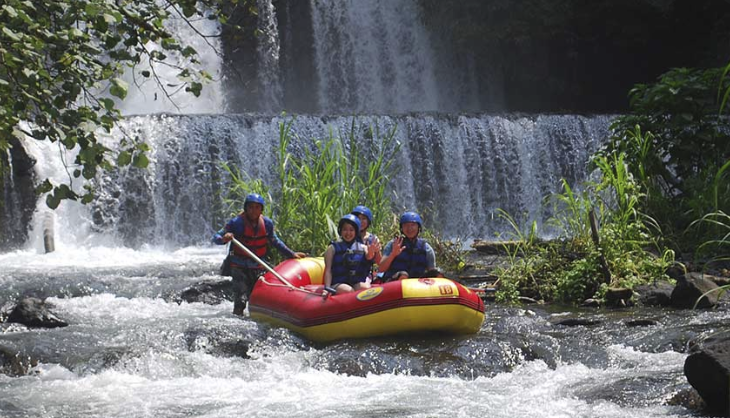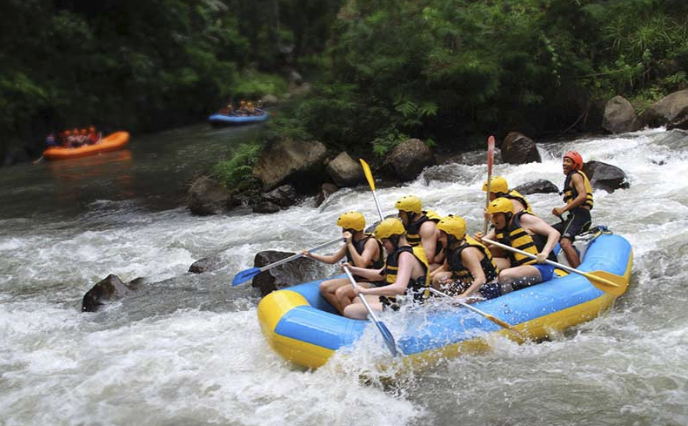Rowing is a sport that many people enjoy. This sport has its origins in ancient Egypt, using fast, strong and definitive paddles to propel the boat across the water. For this sport, people take race time to judge achievements and set records.
Appeared very early at the first Olympic Games in 1896. Through many organizations, this water sport has very strict competition rules and is a subject that attracts many spectators in the Olympics
The origins
As a popular traditional sport in Western countries, rowing was spread from Egypt to Greece and Rome in ancient culture. With the passage of time, this sport became familiar to the people of the land of mist in the 17th and 18th centuries.
By the 19th century, rowing became a popular sport in Europe and its influence. Its effects began to spread to the Americas. Up to this point, rowing has had a worldwide influence as a widely developed discipline in many African countries.

President of the African rowing Federation, Africa’s regional representative in the International Rowing Federation (FISA), Khaled Zein Eldin said that when he was elected President, only four African countries had imported. However, up to now, there are more than 25 countries. That figure shows the fast growth rate and the influence of rowing in Africa.
Among African countries with rowing, Zimbabwe is considered to be a veteran country while Tunisia and Algeria are the two with the best performance. This movement to develop this sport can be seen in Africa very well.
The Africa Championship was first held in Cairo in 1993 with the participation of three countries, but now there are more than 10 participating countries.
In South Africa, rowing is also becoming a school activity. The School rowing championships in South Africa have also attracted the attention of numerous interested people. South Africa has built a professional rowing Academy with the goal of winning the Olympic gold medal.






